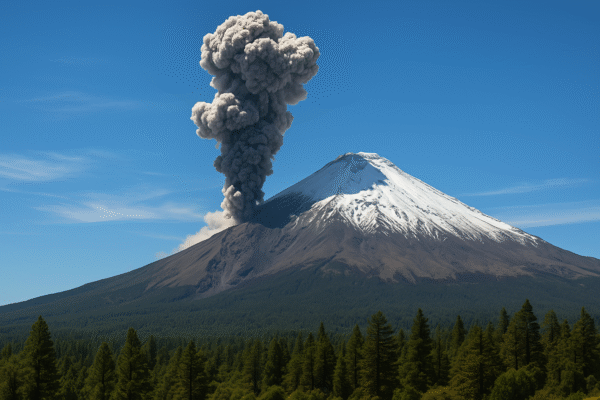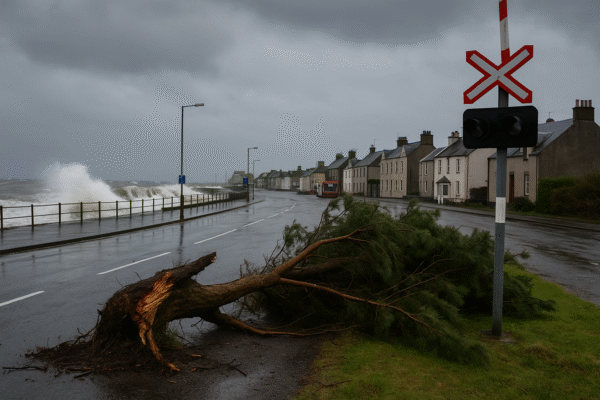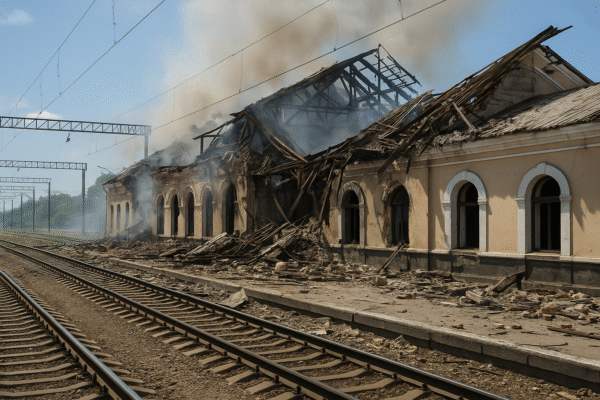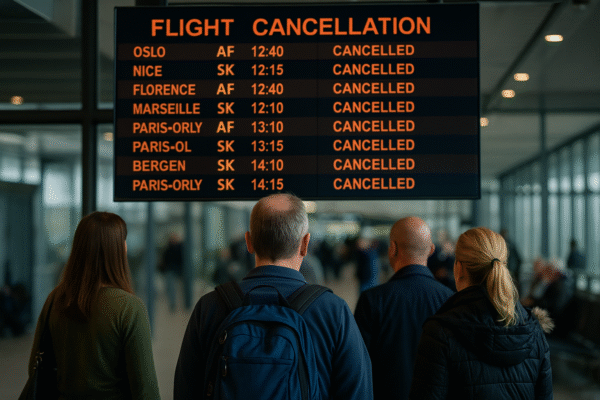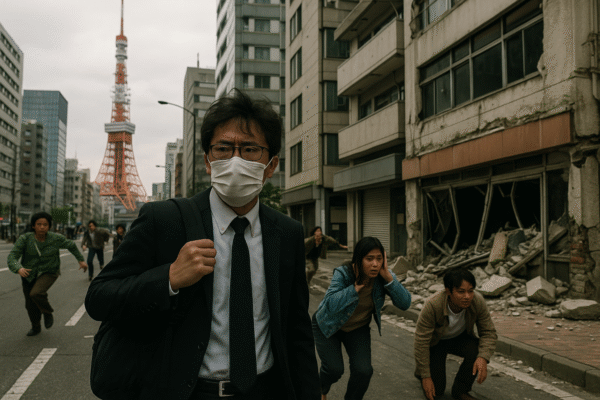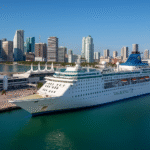On October 4, 2025, a magnitude 6 earthquake struck off the east coast of Honshu, Japan, shaking major cities including Tokyo, Yokohama, and Kyoto. According to seismic data, the quake occurred at a shallow depth of about 10 kilometers, raising concerns about possible travel disruptions and safety for locals and international visitors.
Although Japan experiences frequent earthquakes due to its location along the Pacific Ring of Fire, this event stands out because it directly affected some of the country’s most popular tourist hubs. With millions of travelers planning visits each year, understanding the impact on tourism and safety is crucial.
Immediate Impact on Tourism and Infrastructure
The quake was felt widely across Honshu but did not cause widespread destruction or severe casualties, thanks to Japan’s robust disaster preparedness systems. Cities such as Tokyo, Osaka, Kyoto, and Yokohama, which attract millions of tourists annually, reported minimal disruption to daily life.
Transportation services, including Japan’s renowned Shinkansen bullet trains, experienced temporary checks to ensure passenger safety but resumed operations shortly after. Airports across the eastern region continued functioning, though passengers were advised to expect minor delays as precautionary inspections were carried out.
Hotels, shopping districts, and cultural attractions remained open, highlighting the resilience of Japan’s tourism infrastructure. For visitors, this means that travel plans remain largely unaffected, although awareness and preparedness remain essential.
Why Japan Remains One of the Safest Tourist Destinations
Japan has long been recognized as a global leader in earthquake safety and disaster management. Modern skyscrapers in Tokyo, Osaka, and Yokohama are designed with advanced seismic technology, ensuring they can withstand significant tremors. Hotels, train stations, and public spaces also follow strict safety protocols, giving travelers peace of mind.
In addition, Japan’s earthquake early-warning system alerts residents and visitors within seconds of seismic activity, allowing time to take cover. Emergency drills are a common part of daily life, and staff in public facilities are trained to guide people to safety. This preparedness means tourists can continue to explore Japan with confidence.
Key Tourist Cities and Their Readiness
- Tokyo: The capital, famous for its skyline and bustling districts, is engineered to handle strong tremors. Visitors can expect well-prepared accommodations and transport systems.
- Osaka: Known for its vibrant food culture and landmarks like Osaka Castle, the city has rigorous safety procedures in place. Restaurants, shopping centers, and attractions continue operating smoothly.
- Kyoto: Renowned for its temples and gardens, Kyoto lies near active fault lines. While historic wooden structures may be more vulnerable, most sites have reinforced protection measures.
- Yokohama: This port city, close to Tokyo, is another tourism hotspot with advanced emergency plans for both residents and visitors.
Travel Advisory for Visitors
Tourists in Japan are encouraged to follow basic earthquake safety practices to stay secure during their trip:
- Stay Informed: Enable emergency alerts on your mobile device. Japan’s mobile networks broadcast warnings and safety instructions in real-time.
- Know the Drill: Indoors, take cover under sturdy furniture and avoid windows. Outdoors, move away from tall buildings and power lines.
- Prepare for Delays: Transport and attractions may briefly pause for safety checks. Have flexible plans in case of temporary disruptions.
- Stay Calm and Aware: Aftershocks are possible. Follow directions from hotel staff, guides, and local authorities.
Many hotels provide guests with safety manuals or conduct brief drills to ensure everyone is prepared. Tourists should also familiarize themselves with evacuation routes when checking into accommodations.
The Bigger Picture: Tourism in a Seismically Active Nation
While natural events like earthquakes may raise concerns, Japan’s ability to quickly recover and ensure tourist safety sets it apart. The nation has built its reputation on resilience, combining ancient culture with modern preparedness. As a result, travel to Japan continues to thrive despite occasional seismic events.
Japan welcomed over 30 million international visitors annually before the pandemic, and tourism numbers have been steadily recovering. Earthquakes, though frequent, rarely result in long-term disruptions to tourism. Instead, they serve as reminders of the importance of preparation and awareness.
Practical Tips for Safer Travel in Japan
- Download a reliable translation or travel app to receive emergency alerts in English.
- Always carry essentials such as water, snacks, and a portable phone charger when exploring cities.
- Ask your hotel about their earthquake evacuation plan upon check-in.
- Stay updated on local announcements when planning day trips, especially to regions with outdoor activities.
Resilience and Continued Confidence in Japan Travel
The October 4 earthquake highlights Japan’s commitment to safety and resilience in the face of natural events. For travelers, it reinforces the importance of staying informed but should not deter plans to explore this extraordinary country.
From the neon-lit streets of Tokyo to the serene temples of Kyoto, Japan remains one of the most enchanting destinations in the world. With its strong infrastructure, efficient emergency response, and culture of preparedness, tourists can continue to discover Japan’s landscapes, traditions, and modern wonders with confidence.
For more travel news like this, keep reading Global Travel Wire




